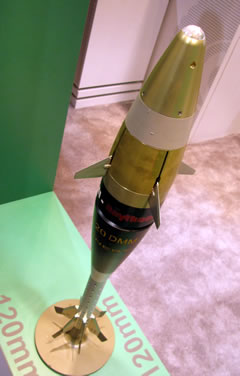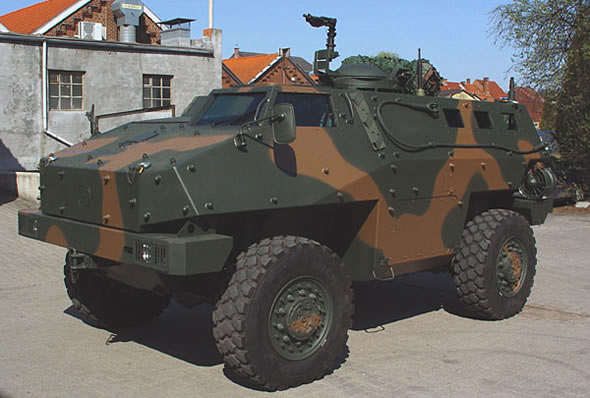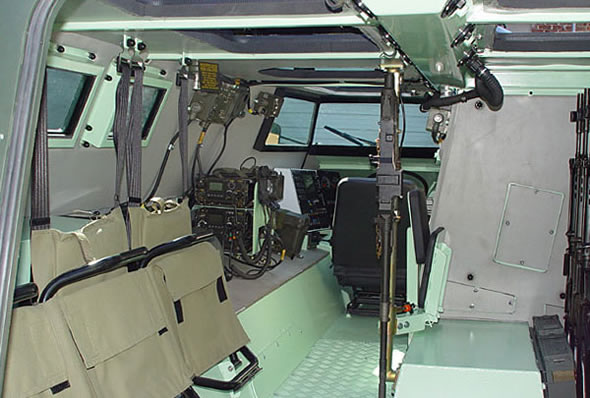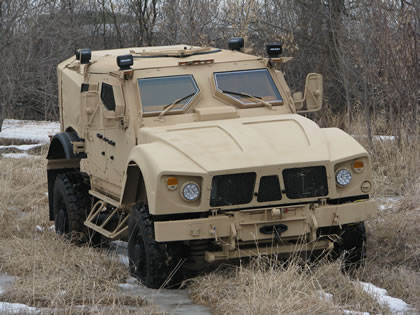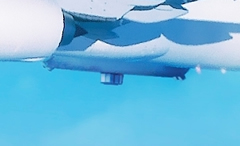US Pull-Out from Iraq Part I:
By David Eshel
President Barack Obama last Tuesday lauded the pullout of U.S. forces from towns and cities in Iraq as an important step toward a full U.S. troop withdrawal by 2012, but warned of “difficult days” ahead. The president has made ending the six-year-old Iraq war as his top foreign policy priority. “Today’s transition is further proof that those who have tried to pull Iraq into the abyss of disunion and civil war are on the wrong side of history,” Obama said at the White House. Mr Obama said U.S. forces had met a June 30 deadline to complete their withdrawal from urban areas and hand over full control to Iraqi security forces.
Unfortunately, while the President was still speaking, a huge car bomb exploded in the northern Iraqi city of Kirkuk, killing dozens, most of them Shiites and wounded many others. The brutal bombing attack painfully underscored the fragility of Iraq’s security. Indeed, early Thursday, barely two days after the US pull-out, a roadside bomb blew up as an Iraqi army patrol passed by in the center of Baghdad, killing one soldier and wounding 10. A surge in bombings during June had already killed hundreds of Iraqis, in some of the deadliest attacks of the war, as insurgents sharply increased their deadly activities, preceding the US military pull-out from the cities.
U.S. and Iraqi military officials say they expect insurgents and militants to try to take advantage of the U.S. pullback to launch more attacks and to test the Iraqi defense forces. General Ray Odierno, the top US commander in Iraq, said he believed, that as a whole, Iraq was now a better country. “I believe the Iraqi people are much better off not having a dictator such as Saddam Hussein in charge,” he said. “They are now going to be able to see that they can move ahead and the people of Iraq will have a say in their government.” Not many Iraqis share the general’s optimism.
As a political issue, Iraq has faded into the background, despite the sizable US troop presence that remains there. The war’s potency as a flash point in the political debate diminished rapidly during 2008, as the economy went into a tailspin. Obama’s ordered troop withdrawal has stirred little public debate. In part that’s because the Iraqis are as anxious for the United States to leave, as many Americans are to see the end of the U.S. ever costly commitment. Under Obama’s plan, combat forces will be gone by the end of August 2010. The present pull-out represents the first major test for President Obama’s policy. But shortly before the army departed from the city, four American soldiers were killed, clearly signaling that the bloodshed was not over yet.
Iraq is far from being secure, but the president desperately needs a quiet transition in Iraq, given the fullness of the foreign policy agenda on his pallet. He and his advisers are continuing to wrestle with whether and how to adapt their Iran strategy in the wake of the massive post-election demonstrations in Tehran’s streets. North Korea remains a highly, ever challenging problem, which requires resolute handling, which unfortunately has not been shown sofar.
Meanwhile, Afghanistan and Pakistan continue to consume the administration’s energies, as does the Israeli-Palestinian issue. Obama can only hope that the Iraqi security forces are strong enough to meet their new obligations, however, Obama’s policy is anything but realistic. He is clearly demonstrating immunity to realities on the ground, which can be fatal in the sizzling Middle East tinderbox.
And Iraq is also far from being a stable nation, indeed it never was and only mortal fear from late Saddam Hussein’s ruthless “iron grip” kept Sunnis, Shiites and Kurds, from killing each other in an everlasting insurmountable and bloody religious rift. Now, as soon as the proud military parades and fireworks in Baghdad’s main streets will fade into daily reality, sectarian violence will resume, when American military mediators will no longer keep the warring sectarian ruffians apart.
Moreover, based on President Obama’s agreement with the Iraqi government, the hands of the American soldiers redeploying out of the Iraqi cities will be severely tied. While US forces will partner with the Iraqi army to continue to keep roads clear of road side bombs, all logistical convoys belonging to US military will be restricted to move only at night, making them even more vulnerable to IED ambushes. Much worse are their operational restrictions: US forces will continue to carry out combat operations in rural areas only with the approval of Iraqi officials, which means in clear, that insurgents will be pre-warned of every move that the Army will plan to undertake. Lastly, unbelievably, no detention or search operations will be carried out without a legal warrant from an Iraqi judge – putting the lid on any future cordon-and-search operations, which are imperative for any counter insurgency operations. How could American military commanders be able to conduct successful, counter-insurgency operations under such stringent restrictions?
Indeed, American forces in Iraq could be more vulnerable after the withdrawal, because their ‘hosts’ will have complete authority over military operations. U.S. commanders have said they were bracing for an uptick of attacks from extremist groups during the transition period, which occurs almost daily. Under the new regime, American soldiers will have to rely for protection on the fledgling Iraqi security forces – an extremely dangerous proposal.
It is no secret that the cities and especially Baghdad were a major element in the control of the country. Now the US will act more as a fire department on-call, from the Iraqis if matters get too tough for them in the crowded cities. But should the US Army answer the call, every move back will probably be a major military operation, like the battle for Fallujah.
But the U.S. troops are not alone in their doubtfulness that the pull-out will put an end to violence, in fact, from Basra in the south to Mosul in the north, many Iraqis expressed skepticism about the proclamation of “independence.” The pullback has created enormous fear and uncertainty among many Iraqis, who believe it will open the door for insurgents to increase their attacks.
“The attacks show that Al-Qaeda will now go after the softest of soft spots just to kill innocent civilians in order for them to try and ignite sectarian violence,” Gen. Ray Odierno warned only recently. For years, since the American invasion, the multi-sect nation was almost torn apart by tit-for-tat sectarian attacks that killed tens of thousands innocent Iraqis and displaced millions as refugees.
The question which must now be haunting American military commanders and politicians alike is, whether the Iraqi military and security forces are actually up to their new responsibilities? The more realistic analysts can only answer this riddle with great concern and much doubt, based on past experience here and elsewhere, when such forces were put to test. Remember Vietnam as only one example.
As the old saying goes, an army is only as good as its officer corps. In the new Iraqi Army, this represents a major problem. In Saddam Hussein’s armed forces and especially the notorious, but highly effective counter insurgency militia were officered mainly by Sunnis. Due to the present shift to a Shia majority administration, Shia officers are of course preferred to occupy major command levels, as Sunni officers would always be regarded with suspicion as to their loyalty to the leadership. The biggest problem, getting Iraqi battalions capable in conducting complex operations independently, will be a shortage of combat experienced and professional officers. The most taxing job is patrolling and sweeps. This is when one can encounter unexpected opposition, and the officers and NCOs have to be able to handle it effectively, reacting quickly, using personal initiative, which comes only after gaining experience the hard way. In counter-insurgency warfare, there are no short-cuts available, if you wish to stay alive!
Part II: Are Iraqi Security Forces Up to the Challenge?

